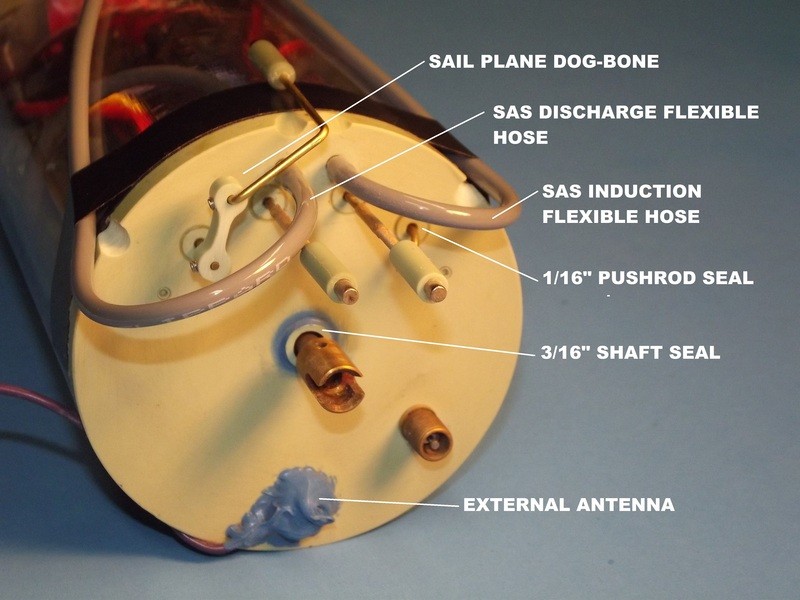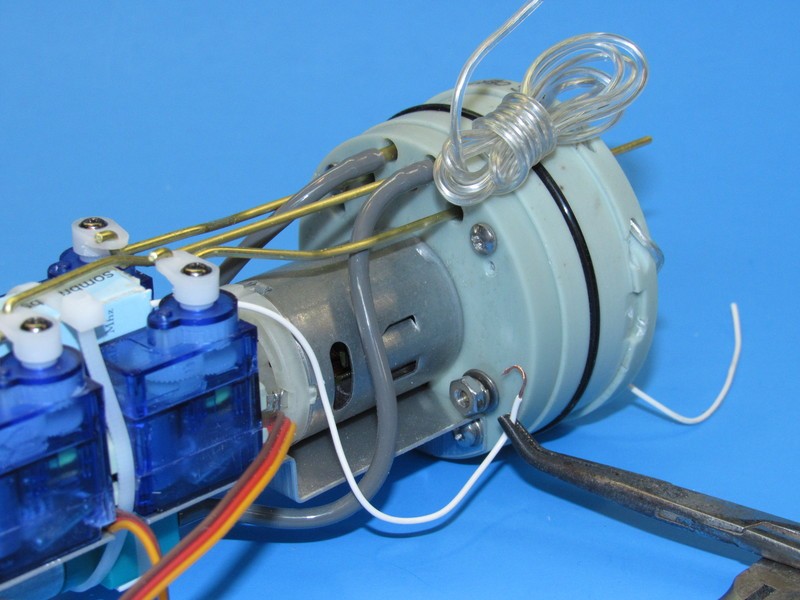Here in the UK most of the RC models/modellers now use 2.4GHz, but fortunately I have several 27MHz kits. These are leftovers from my aeromodelling days, but I expected this frequency to be OK for model subs. However, on my Kriegsmarine Type VIIC I have found the range, even on the surface, to be only about 15 feet. So, my question is, what is the best arrangement for the receiver antenna? At present my antenna is about 2 feet of single wire strung around the inside of the water tight compartment. I wonder if it would be better for it to be outside the WTC, i.e. in clear water?
Any suggestions and advice would be most welcome; perhaps I might add that I've looked around the internet and it seems this topic is never mentioned.
Any suggestions and advice would be most welcome; perhaps I might add that I've looked around the internet and it seems this topic is never mentioned.








Comment